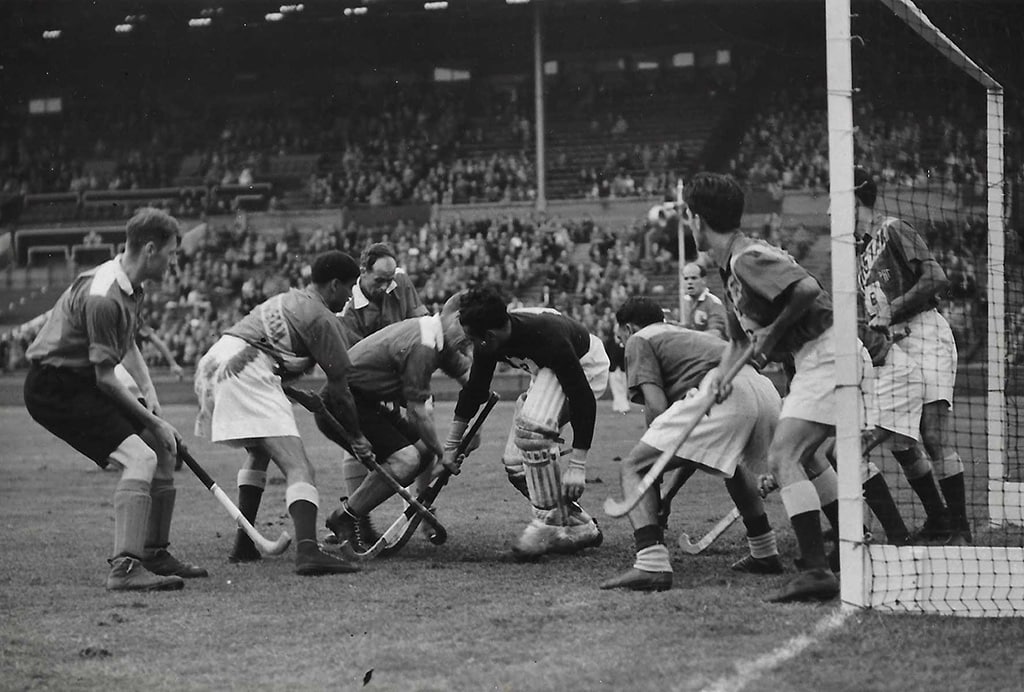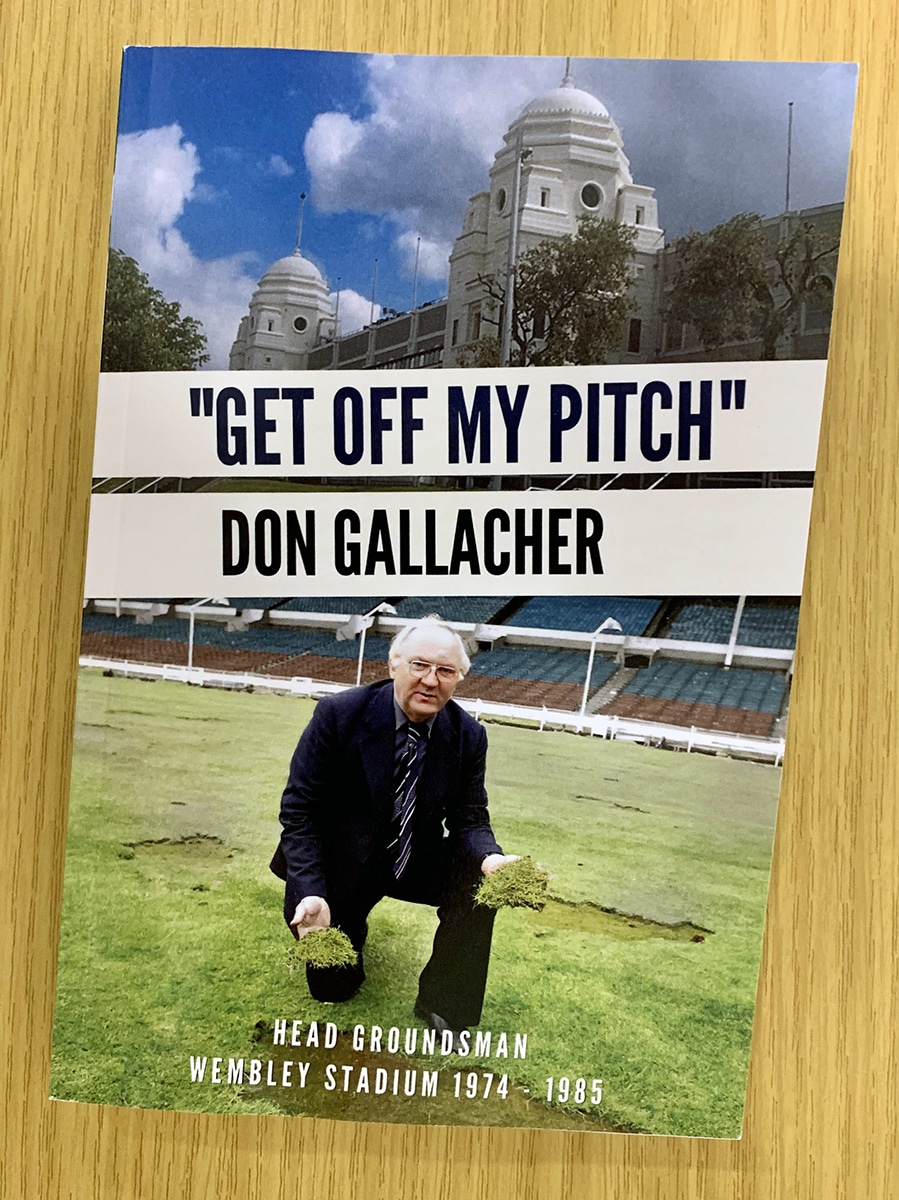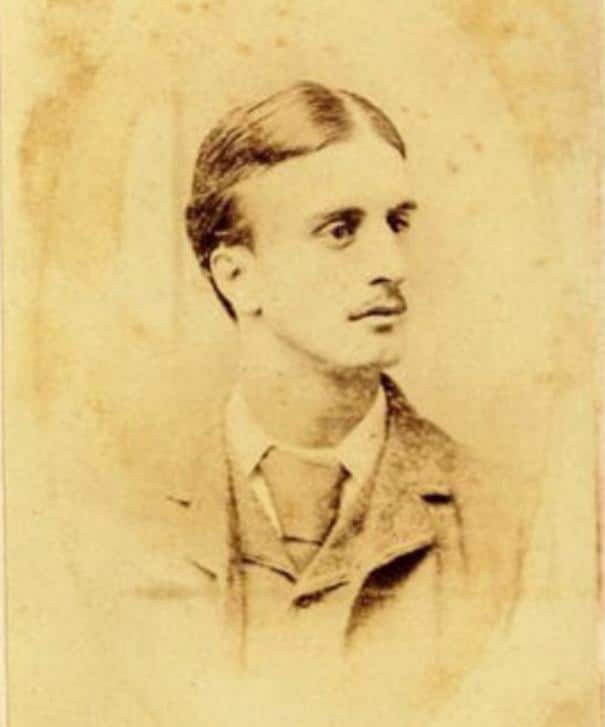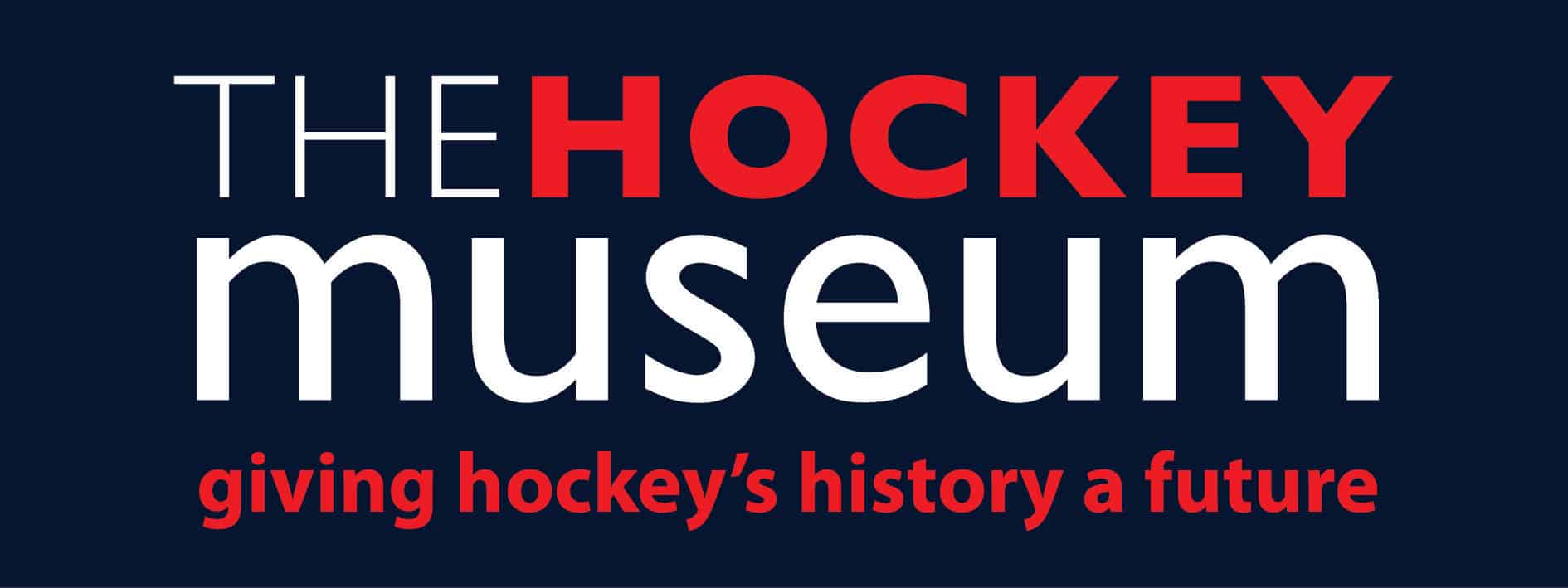The end of the Second World War in 1945 brought great relief, initially to Europe in May before global peace arrived in September. People rejoiced at the news of Nazi Germany’s official surrender on 8 May marking what is known as VE Day (Victory in Europe Day) and on 2 September the War formally concluded with the Allies’ victory over Imperial Japan (known as VJ Day). However, the problems still faced in everyday life wouldn’t be resolved until long after the War. Hockey’s resurrection in Britain faced significant challenges, and in 1948, London was to host the Olympic Games after a 12-year suspension. The city faced the unprecedented challenge of accommodating this major sporting event (which included a men’s hockey tournament) so soon after the devastation of the War. The transition from military life to athlete was a uniquely challenging experience and those special individuals were granted exceptions to help them on their journey to the Olympic Games – a journey evidenced within The Hockey Museum’s collections.
After six years of war and hardship, British people’s lives had permanently and drastically changed forever. Communities had grown accustomed to living with rationing, curfews, and economic strain. The problems the country faced would not be resolved easily and restraints on aspects of everyday life previously taken for granted wouldn’t be lifted until long after 1945. Despite all this, people rejoiced at the news of Germany’s surrender on that day in early May.
Like most sports, hockey had taken an immense hit during the Second World War. Many clubs had folded or been reduced to one or two sides. Player numbers were scarce so mixed-sex hockey became more common and clubs amalgamated with other clubs to survive. Within a year however, hockey was starting to rebuild itself. Hockey World magazine made a return after shutting in 1939 and notable Easter hockey festivals like Folkestone and Weston-super-Mare were back up and running. Clubs managed to reform and international tours across Europe and the wider world slowly resumed. Some issues still remained, notably the shortage of approved hockey balls which led to a return to the use of standard cricket balls during a two-month wait for supply. Some County games were unconventionally played on a Sunday as players were busy during the week, including Saturdays, rebuilding Britain and their own lives. Over the course of the War, the deaths of 9 international hockey players were recorded: three Scottish, one Welsh, and five English.
The transition from a life under conflict to the Olympic Games
The last Olympic Games was hosted by Berlin in 1936 before a 12-year suspension due to the Second World War. The Games were to restart in London in 1948. Great Britain was initially reluctant to accept in the face of severe financial struggles and planned on passing the games on to the United States of America. Yet ultimately the Games were seen as an opportunity to rebuild. Hosting a large sporting after an expensive global war would not be easy and measures were put in place to accommodate. Building new venues under the circumstances would have been impossible, so events took place on grounds that had survived the War. The Olympic hockey tournament was played at Guinness Ground (Park Royal), Lyon’s Ground (Sudbury), Chiswick Polytechnic Ground and Wembley Stadium. An Olympic Village as we might understand it today was also far too expensive, so athletes were housed in student accommodation or Royal Air Force (RAF) and Army camps nearby. For these reasons the 1948 Games would come to be known as the ‘Austerity Games’.

The opening ceremony for the 1948 Olympic Games at the Empire Stadium, Wembley, featuring the release of 2,000 Royal racing pigeons.
Photograph from the John Peake collection, The Hockey Museum.
One of those given the opportunity to make that transition from wartime to Olympic participation was 23-year-old John Peake. He had studied mechanical engineering at Cambridge University and went on to join the Royal Navy, specifically the Royal Corps of Naval Constructors, during the Second World War where he joined the Royal Navy hockey team. After attending a trial match, John received his invitation to represent Great Britain in the Games on 13 April 1948 and was given seven days to accept. On the 5 July John was granted his official certificate in a request to the War Office for special leave from 24 July to 15 August. His first match was to be played on the 31 July that year and John and his teammates would be housed in the RAF Camp Uxbridge for the duration of the Games.

John Peake pictured in the centre of the middle row with the Royal Navy hockey team at Folkestone in 1948.
From the John Peake collection, The Hockey Museum.
The Great Britain (GB) team had only a short amount of time to prepare in between service and trained together on weekends in July leading up to the Games. By comparison, the India team that GB would meet in the Olympic hockey final had frequent exercises and had sent their team to a training camp in advance of the Games. The historic final saw India win gold and GB claim the silver medal. The 1948 Games was the first time Britain had a hockey team consisting of all four nations and it was India’s first Olympic Games since gaining independence from Britain a year prior. Notably, Pakistan made their Olympic debut after becoming independent from India.

Great Britain vs Pakistan in the Olympic semi-final. Great Britain won 2-0.
Photograph from the John Peake collection, The Hockey Museum.
The transition from life under conflict to that of an Olympic athlete was an interesting one. John was granted special authorisations in preparation for the Games. On 29 May 1948, he received a letter from the Ministry of Food that had enclosed his new ration quota:
- 1 Temporary Ration Card (R.B.12) each week for fats, cheese, and sugar.
- 1 Special Authority (S.A.1) each week for meat.
- 1 Special Authority (S.A.1) each week for milk.
- 19 Bread Units (B.U.s) / L Coupons each.
- 1 D. and 2 E. Personal Points coupons each week (for sweets).
Olympians were granted rations equivalent to a steelworker to accommodate their training, which included more proteins and fats. John recalled a particularly special moment when the team were served eggs for breakfast at Greenwich Naval College one morning. Rationing was only formally discontinued on 4 July 1954 meaning there were strict conditions in place. Any athlete who was eliminated prior to the Final was to immediately surrender any coupons for subsequent weeks to the London Divisional Food Office.
After the War there was an increase in the use of public transport following fuel rationing and the general expenses that came with owning a car, if it hadn’t previously been confiscated for the War effort. Fuel rations would last until 1950 and in that time personal driving was a privilege. Athletes were therefore issued an Olympic Identity Card that was required to receive reduced-rate tickets and free travel on London Transport.

John Peake’s travel pass and identity card for public transport to the 1948 Olympic Games.
From the John Peake collection, The Hockey Museum.

George Sime’s athlete’s travel pass during the London 1948 Olympic Games.
From the George Sime collection, The Hockey Museum.
The British economy and infrastructure were still recovering and the strict regulations were not exclusive to food. An official letter from the British Hockey Board was sent to John ahead of the Games granting him an official playing kit for free and “without coupons”. Only one of each item was provided. Sponsorships were non-existent (incomparable to today) as John and his teammates only received a small tube of cosmetics cream each. Players were expected to provide additional or spare equipment themselves, notably a cream parade shirt for the opening and closing ceremonies and special hockey plimsolls were requested. Clothing rationing was still active until 1949 and clothes could only be purchased by saving up points. To receive a new Olympic kit for free was therefore quite special.

Scottish hockey player George Sime’s playing shirt worn by the Great Britain Olympic team.
From the George Sime collection, The Hockey Museum.

Players of the Great Britain 1948 Olympic hockey team alongside local county players. This was a rare occasion when an Olympic team played a match against a local county side.
From the John Peake collection, The Hockey Museum.
John was a great supporter of The Hockey Museum and was a frequent visitor to Woking. He sadly died in 2022 but you can learn more about the life of this remarkable man by reading his obituary or listening to his oral history interview, both linked here:
John Peake CBE, 1924-2022 – The Hockey Museum
Oral History Interview: John Peake – The Hockey Museum
The Great Britain men’s hockey squad for the 1948 Olympic Games:
- Dave Bodie (Scotland – Babcock and Wilcox Hockey Club)
- George Sime (Scotland – Stepps Hockey Club)
- William Lindsay (Ireland – Corinthian Hockey Club)
- Michael Walford (England – Sherborne Hockey Club)
- Frank Reynolds (England – Army Hockey Association)
- Robin Lindsay (England – Teddington Hockey Club)
- John Peake (England – Combined Services)
- Neil White (England – University of Cambridge)
- Bob Adlard (England – Cheltenham Hockey Club)
- Norman Borrett (England – Taunton Vale Hockey Club)
- William Griffiths (Wales – Newport Athletic Hockey Club)
- Ronald Davies (Wales – Cardiff Hockey Club)
- Edgar Hitchman (Wales – Cardiff Hockey Club)
- W.O. Greene (England – School of Military Engineering, Ripon)
- David Brynmor Thomas (Wales – Cardiff Hockey Club)
- Peter Whitbread (England – Old Kingstonian Hockey Club)
- A.H. Young (Scotland – Whitecraigs Hockey Club)








